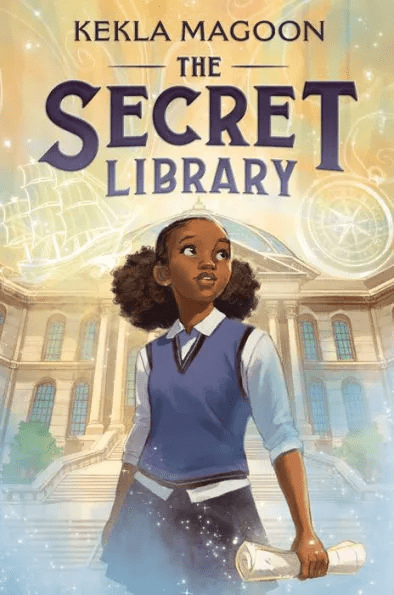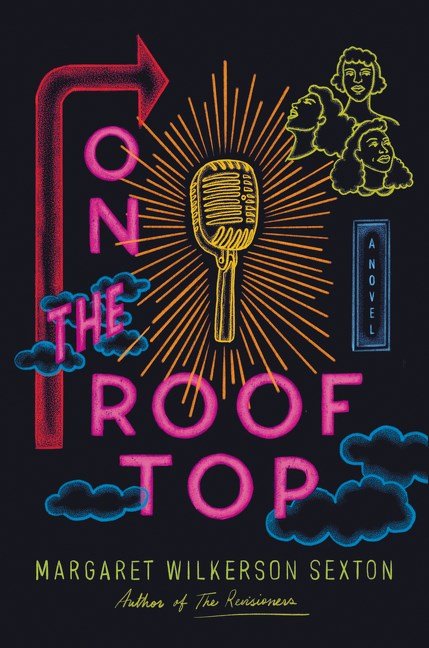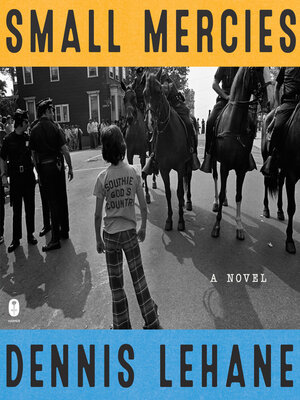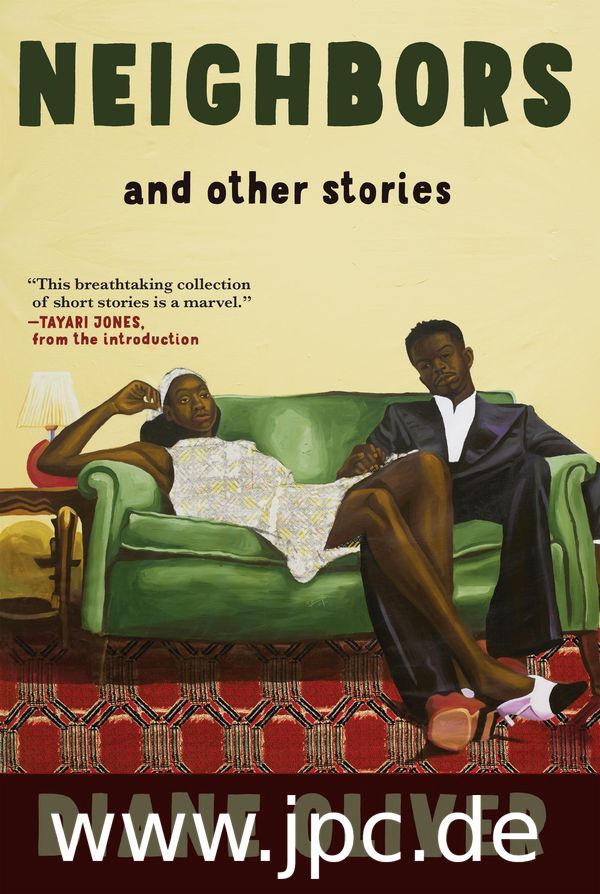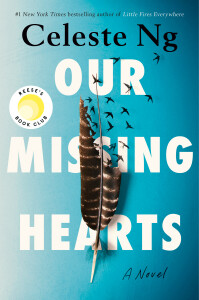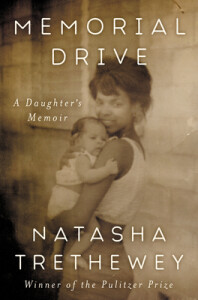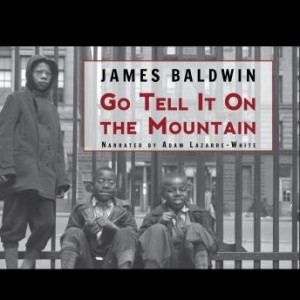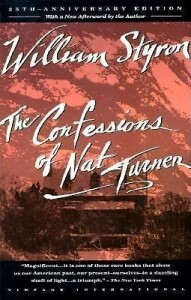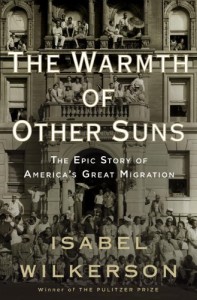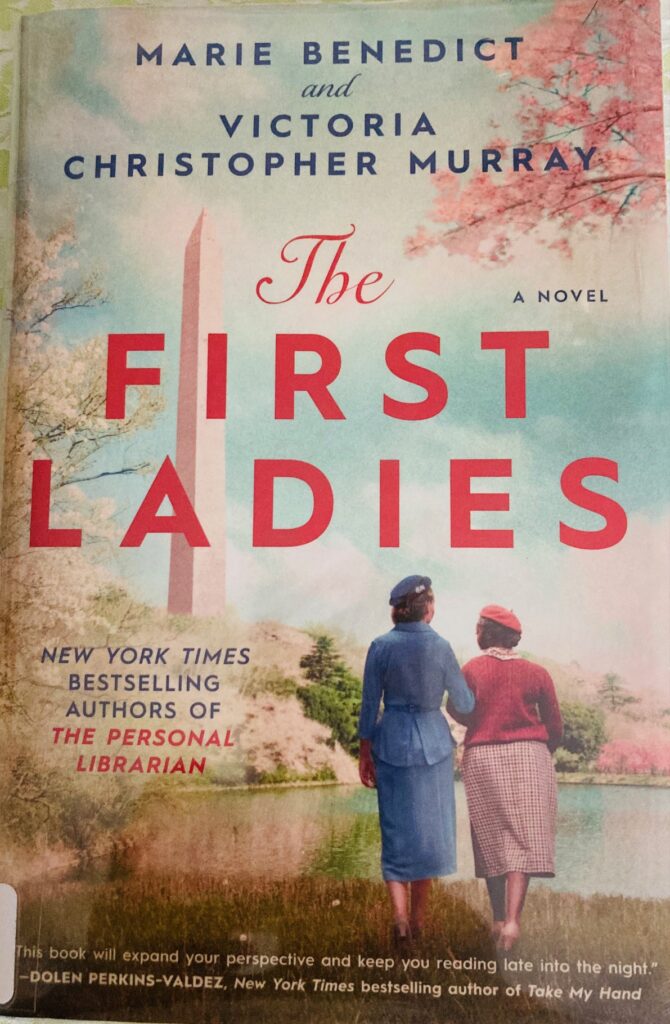
Benedict and Murray, authors of The Personal Librarian, once again join forces to bring us a well-researched and fascinating story of a friendship that helped form the foundation for the modern civil rights movement. Eleanor Roosevelt’s work as First Lady of the United States is legendary; less well known is Mary McLeod Bethune’s work, which led to her being called the “First Lady of Negro America” by Ebony magazine.
The daughter of a formerly enslaved couple, Mary Bethune became a fearless and passionate Civil Rights activist. Among her many accomplishments, she founded the American Council of Negro Women, and a private school (which later became Bethune-Cookman University) for Black students in Florida.
The friendship between the two women lasted many years, through the 1920s and 1940s, during which they partnered to push for equal rights. They first connected over a shared commitment to women’s rights and education, which later evolved to include equal rights for people of color. In this story—and this was one of the most interesting parts of the story for me—Eleanor gradually begins to recognise her personal shortcomings and blind spots around race. Their friendship is powerful enough to enable Mary and Eleanor to talk honestly about racial issues, to give and receive advice. And to understand that the work is never done.
The women partnered to work directly—Eleanor trying persuade Franklin to ensure Black citizens reaped the benefit of the New Deal jobs, for example, which led to Mary heading the Negro Division of the National Youth Administration—and indirectly. During a time when even driving in a car together was “not done,” they not only did that, but also met in public, shared a table for tea in a restaurant, attended each other’s events, etc. By doing so, they changed public perceptions, normalising integration and promoting equality.
Their story is a good reminder that the fight for civil rights in the U.S. began before the 1960s. But the story isn’t all politics. We learn about the family relationships that offer a context for each woman. I found it fascinating to see the ways status and power shifted back and forth between them as the relationship between the two women deepened. As friends and admirers of each other, they rose above such petty concerns. They shared secrets and dreams. They supported each other through disappointments and tragedies.
Readers might be familiar with Eleanor’s struggle with her overbearing mother-in-law Sara and heartbreak over Franklin’s affair with his secretary Lucy Mercer. However, both receive even-handed treatment here, as we see Franklin’s early ideals clashing with the political realities of getting the New Deal laws through, and how Sara’s early support of equal rights for women and people of color influenced Eleanor.
Mary’s handling of daily insults and microaggressions, her insistence that she be addressed as Mrs. Bethune in professional settings rather than by her first name as though she were a servant, are inspiring. When one of her students got appendicitis and was refused treatment at the local hospital, she raised money and founded a hospital for people of color. When her grandson was refused access to a segregated beach, she collected investors and bought a stretch of the beach and waterfront, which they then sold to Black families–and White people were allowed to visit the beach. She invested in Black businesses, including a newspaper and several life insurance companies.
Bear in mind that these two amazing women led active political lives. Historical fiction comes in many flavors, so it’s important to adjust your expectations. I enjoy a light, historical romance as much as anyone else (Georgette Heyer, anyone?), but that is not what we have here. While we do get insight into the personal lives of these two women, for them the personal is political, as the saying goes. Much of the book shows how their personal beliefs and experiences motivate their political work. Thus the pace is sometimes leisurely and the story is rich with historical detail.
I especially appreciated the historical notes from each of the authors at the end, clarifying what came from the historical record and what was added by the authors. I also enjoyed the authors’ discussion of their collaboration. The narrators of the audiobook, Robin Miles and Tavia Gilbert, did an excellent job of bringing this story to life.
Especially in these difficult times, the story of these two women, their courage and commitment, their comradeship and deep friendship, is inspiring.
Who are you turning to for inspiration these days?
